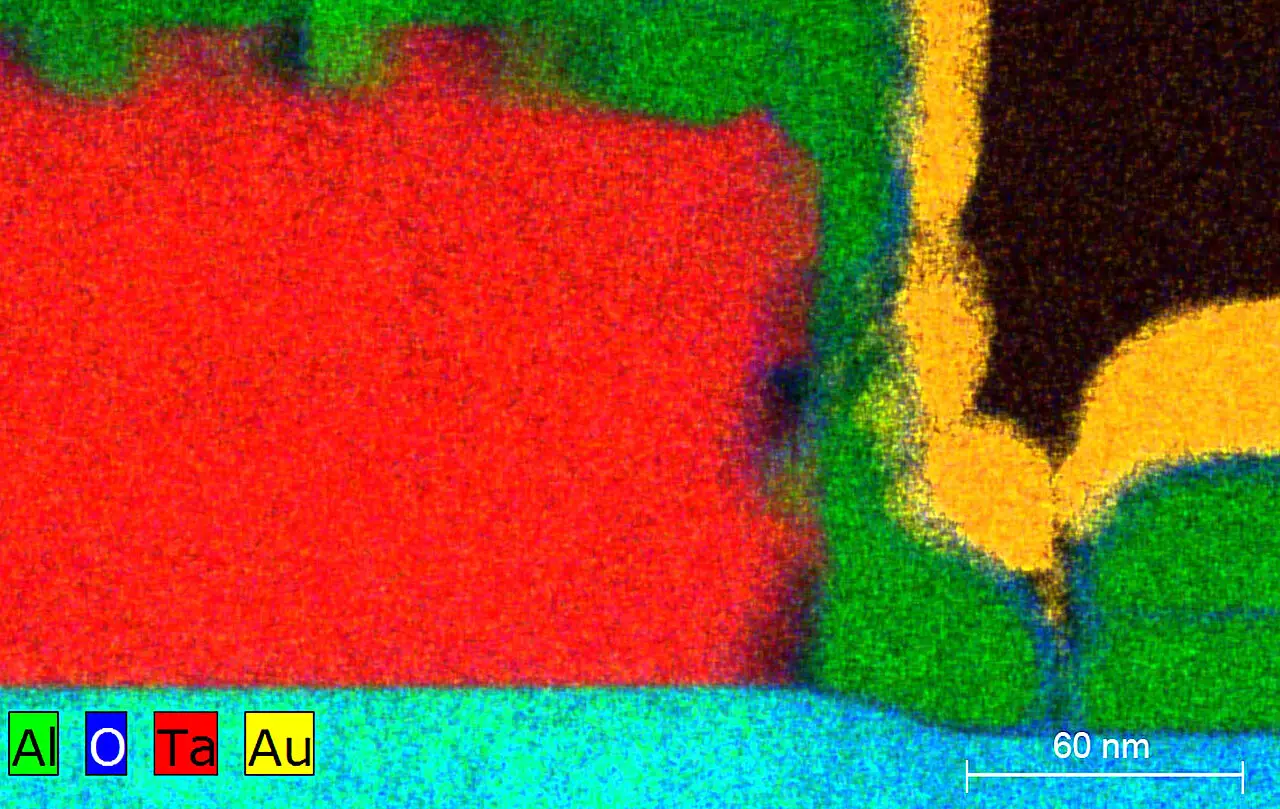Quantum computing has the potential to revolutionize various scientific fields, but energy loss from qubit materials poses a significant challenge to their performance. A recent study conducted by scientists from Yale University and the U.S. Department of Energy’s Brookhaven National Laboratory offers a novel approach to understanding and mitigating energy loss in quantum computer building blocks.
The research team focused on investigating the impact of material composition on qubit coherence. By developing a systematic methodology, they were able to identify and differentiate between various sources of energy loss, shedding light on how different materials influence qubit performance. Through their experiments, the scientists discovered that tantalum thin films exhibited reduced surface loss compared to aluminum thin films, highlighting the importance of material selection in optimizing quantum devices.
Collaborating with the Center for Functional Nanomaterials (CFN) at Brookhaven Lab, the researchers leveraged advanced electron microscopy techniques to analyze the microscopic structure of the materials. This detailed characterization allowed them to pinpoint contaminants and defects that could contribute to energy loss and limit qubit coherence. By gaining insights at the atomic level, the team was able to make informed decisions regarding material fabrication and design.
Using the data obtained from their material analysis and electromagnetic tests, the Yale scientists developed an energy loss model that could predict a device’s coherence based on its constituent materials and circuit geometry. This predictive model enabled them to optimize the circuit design, resulting in the creation of a quantum device with a coherence time exceeding one millisecond. This breakthrough marks a significant milestone in the quest for enhanced qubit performance.
The study exemplifies the importance of collaboration between quantum device experts and materials scientists in advancing quantum computing capabilities. By co-designing materials and algorithms, researchers can develop innovative solutions to improve qubit coherence and ultimately surpass the capabilities of classical computers. The partnership between the Schoelkopf lab and CFN underscores the collaborative spirit driving quantum research initiatives like the Co-Design Center for Quantum Advantage.
The impact of material composition on quantum computing coherence cannot be understated. Through meticulous experimentation, comprehensive material characterization, and strategic circuit optimization, researchers are pushing the boundaries of quantum computing capabilities. With a multidisciplinary approach and a focus on collaboration, the future of quantum computing looks brighter than ever.


Leave a Reply